An Australian apiarist’s petition against the “careless” eradication of hives due to a varroa mite outbreak has been signed by over 27,000 supporters within weeks.
Dolfi Benesh from the town of Jilliby in New South Wales (NSW) and Sydney-based historian Chaya Kasif have launched their initiative on change.org.
In their petition, Mr Benesh and Ms Kasif are accusing the NSW government of “destroying the businesses of beekeepers and their families” by “killing millions of bees across the state.”
They criticise that “hives that have been inspected and proven to not be infected are still being killed” and warn: “It can take years to establish new locations for hives and for them to be fully operational. The damage would be irreparable to the lives of beekeepers and their families.”
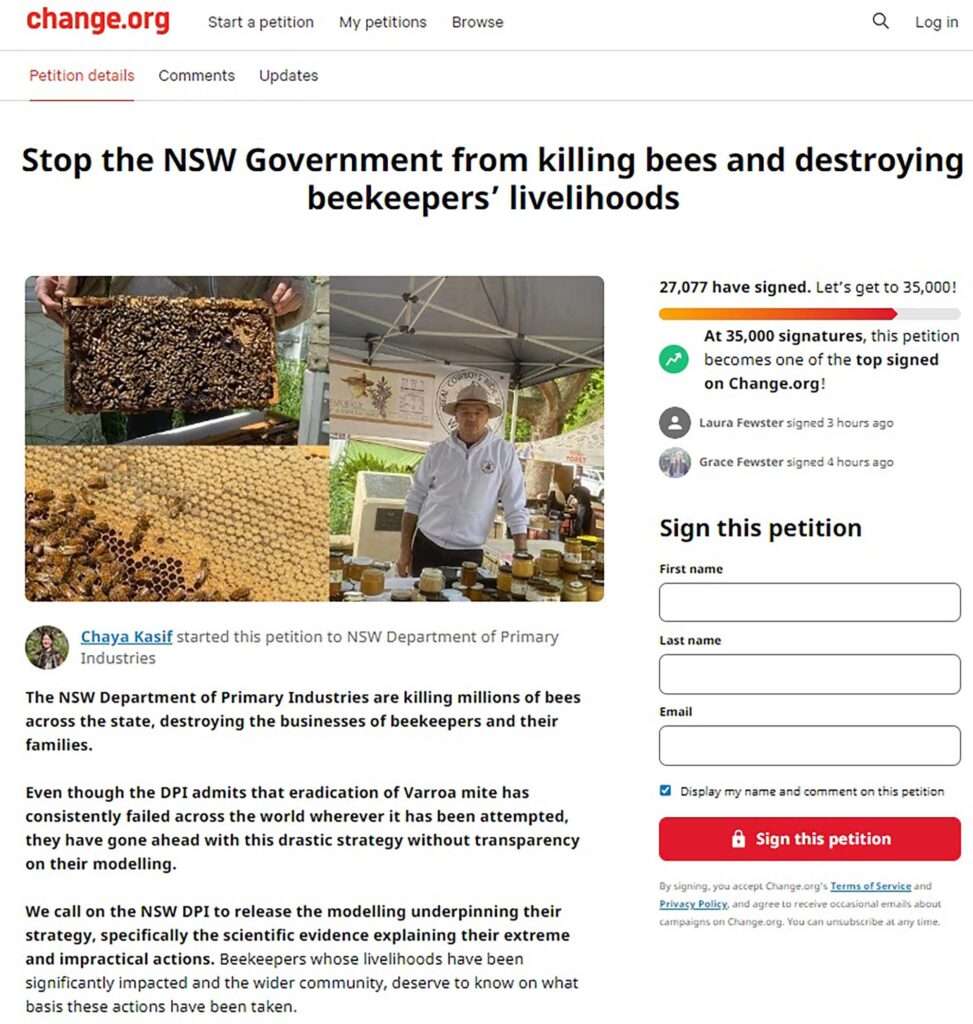
Mr Benesh claimed he had been forced to watch as his 51 healthy hives got demolished by local government officials for being located in an ‘eradication zone.’
The apiarist told ABC News: “My bees got killed. They were healthy with no infestation of the flea (varroa mite) at all. Even if they did have varroa, I know how to clean them. I could’ve saved them.”
Referring to experiences in his home country of Israel, Mr Benesh added: “It took us a long time to learn how to treat it back in the day, but now the world is full of knowledge and experience and we know how to treat varroa.
“It’s not a big thing. It’s not a threat. It’s easy to treat. It would be a matter of three days to clean the bees, spray them and get them back to normal.”
The varroa destructor is a parasitic mite which infests honeybee colonies almost everywhere in the world. Varroa mites reproduce by attaching to the body of the bee. The insect gets weaker as the mite sucks its fat-storage cells.
The latest variant of the Deformed Wing Virus – which is spread by varroa mites – is widely considered one of the major current threats to honey bees. A significant mite infestation can result in the death of a whole colony.
Max Meinherz – a regional inspector for bees in the Swiss Canton of Sankt Gallen – recently claimed it would be by now impossible to wipe out the mite. Meinherz said beekeepers should rather focus on keeping the impact of infestations low.
Earlier this year, Prof Robert Paxton from Martin Luther University in Halle, Germany, described the latest variant of the Deformed Wing Virus – which is spread by varroa mites – as the “biggest threat to honey bees right now.”
Mr Benesh is adamant nevertheless. In his petition, the NSW resident calls on the regional government to provide scientific evidence which justifies its eradication policy.
He told ABC News: “Taking an area and killing all these bees in it and going for the feral bees, which I’ve never seen before, it’s like looking for a needle in a haystack. This is not the scientific approach.”
NSW Agriculture Minister Dugald Saunders defended the measure.
The National Party of Australia representative said: “The Commonwealth government, the state government, the pollination and honey bee industries all unanimously agreed that it was both technically feasible but also economically beneficial to do the eradication as opposed to living with varroa.”
After the discovery of varroa mites in biosecurity surveillance hives at the Port of Newcastle in June, Mr Saunders warned that an outbreak could cost the domestic agricultural industry AUD 70 million (GBP 39 million) a year.
Meanwhile, Mr Benesh – who continues his family’s beekeeping tradition once started by his grandfather – and Ms Kasif are suggesting the application of mechanical and chemical methods.
In their petition, they underline the importance of the work of local beekeepers and honeybees’ pollination when it comes to protecting Australia’s landscape and farmers’ crops.

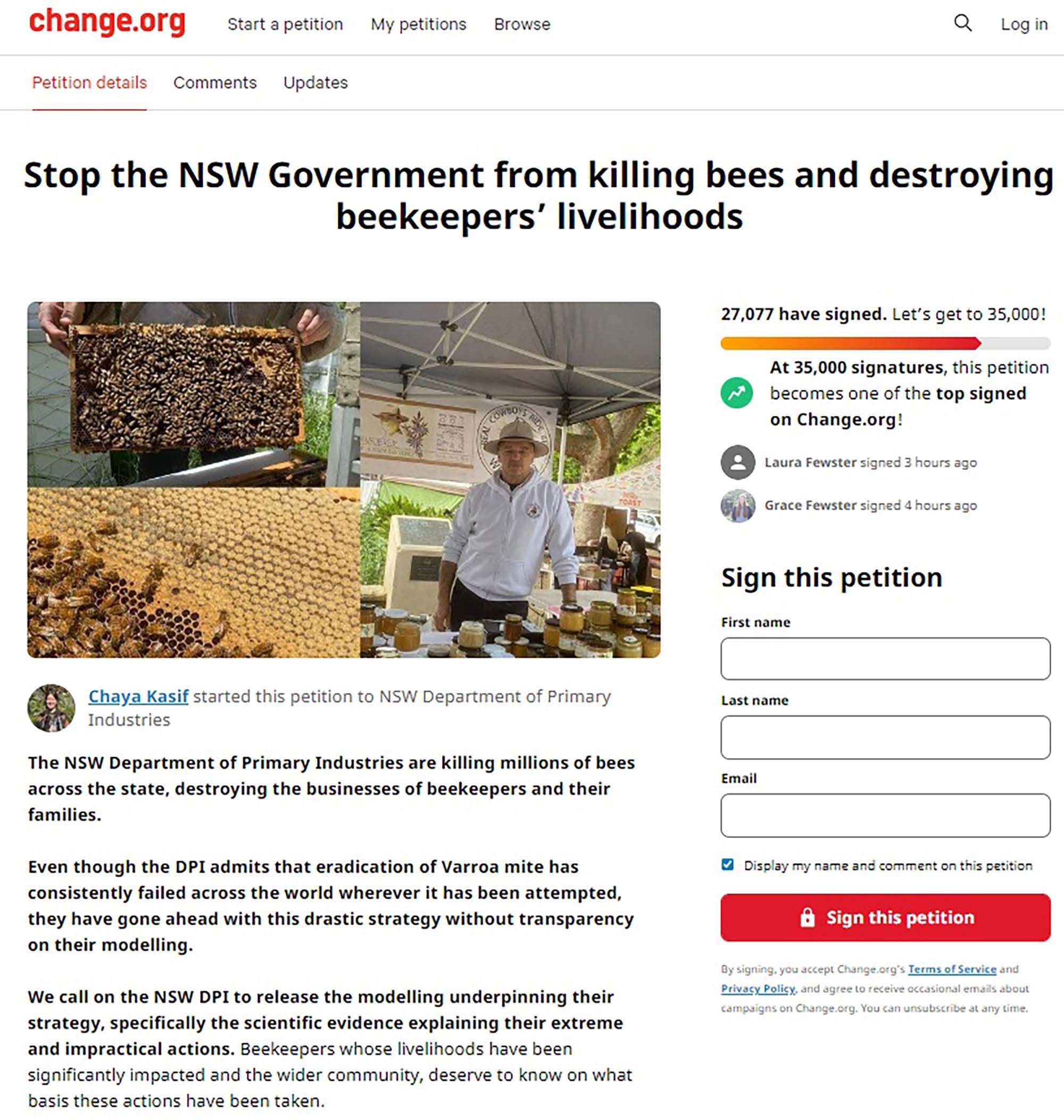

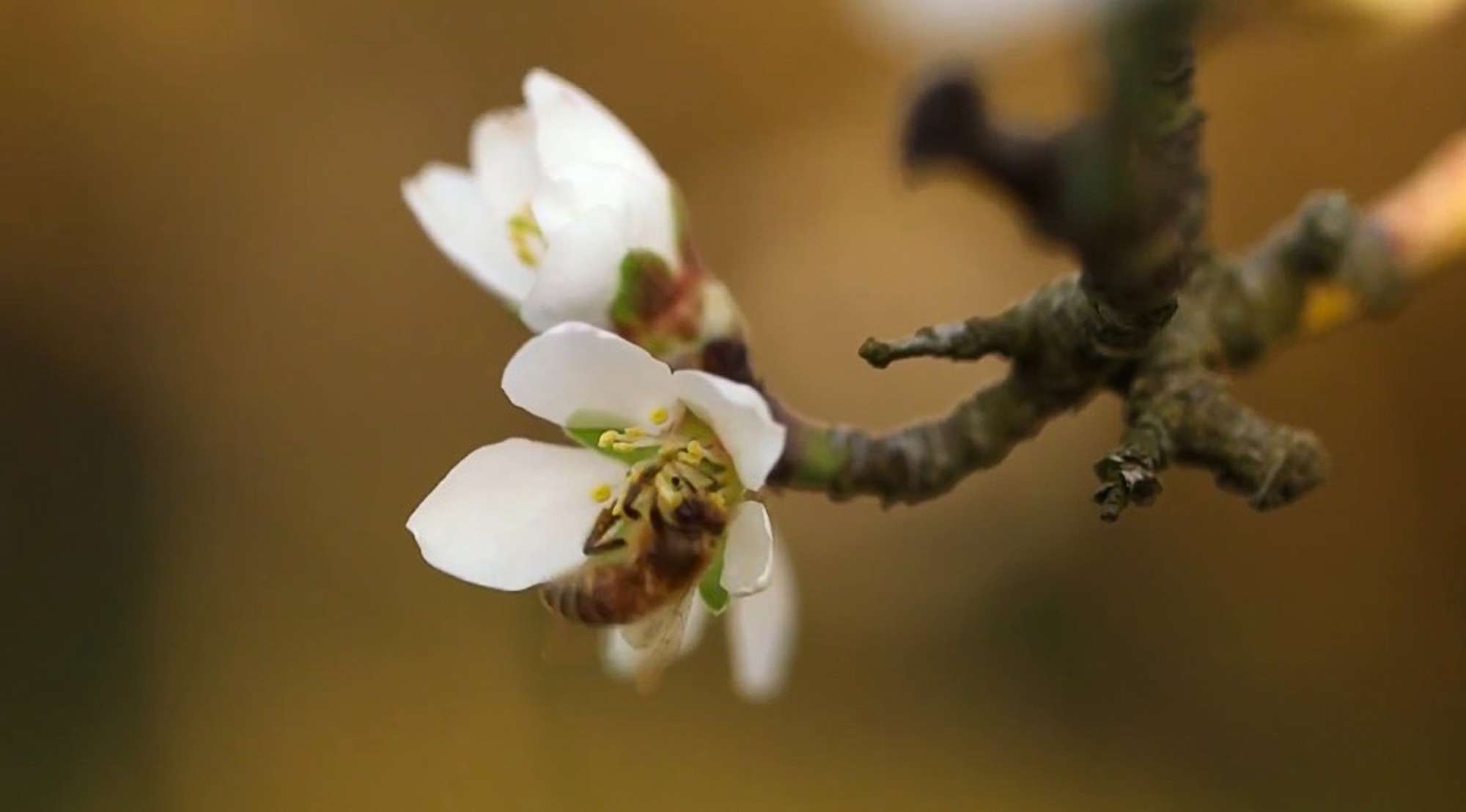
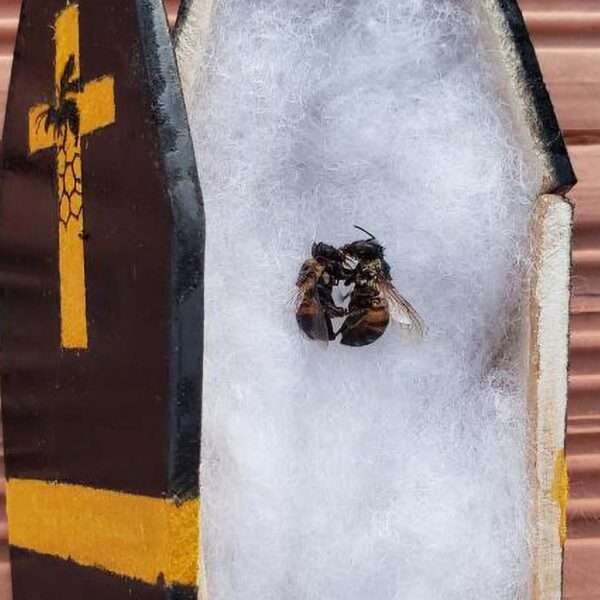
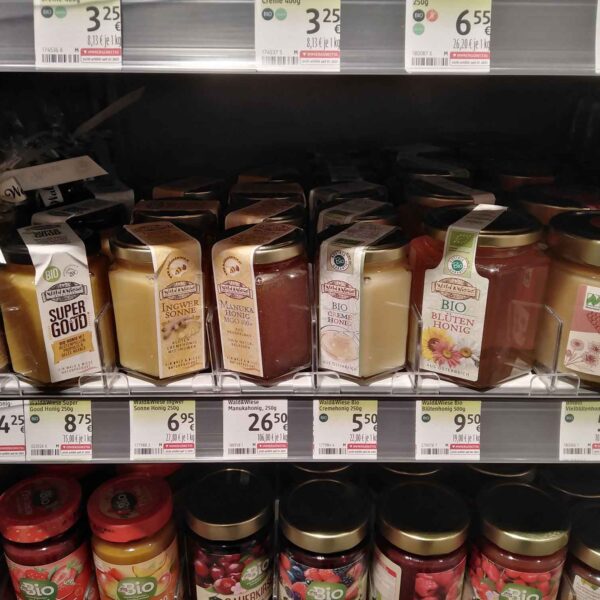



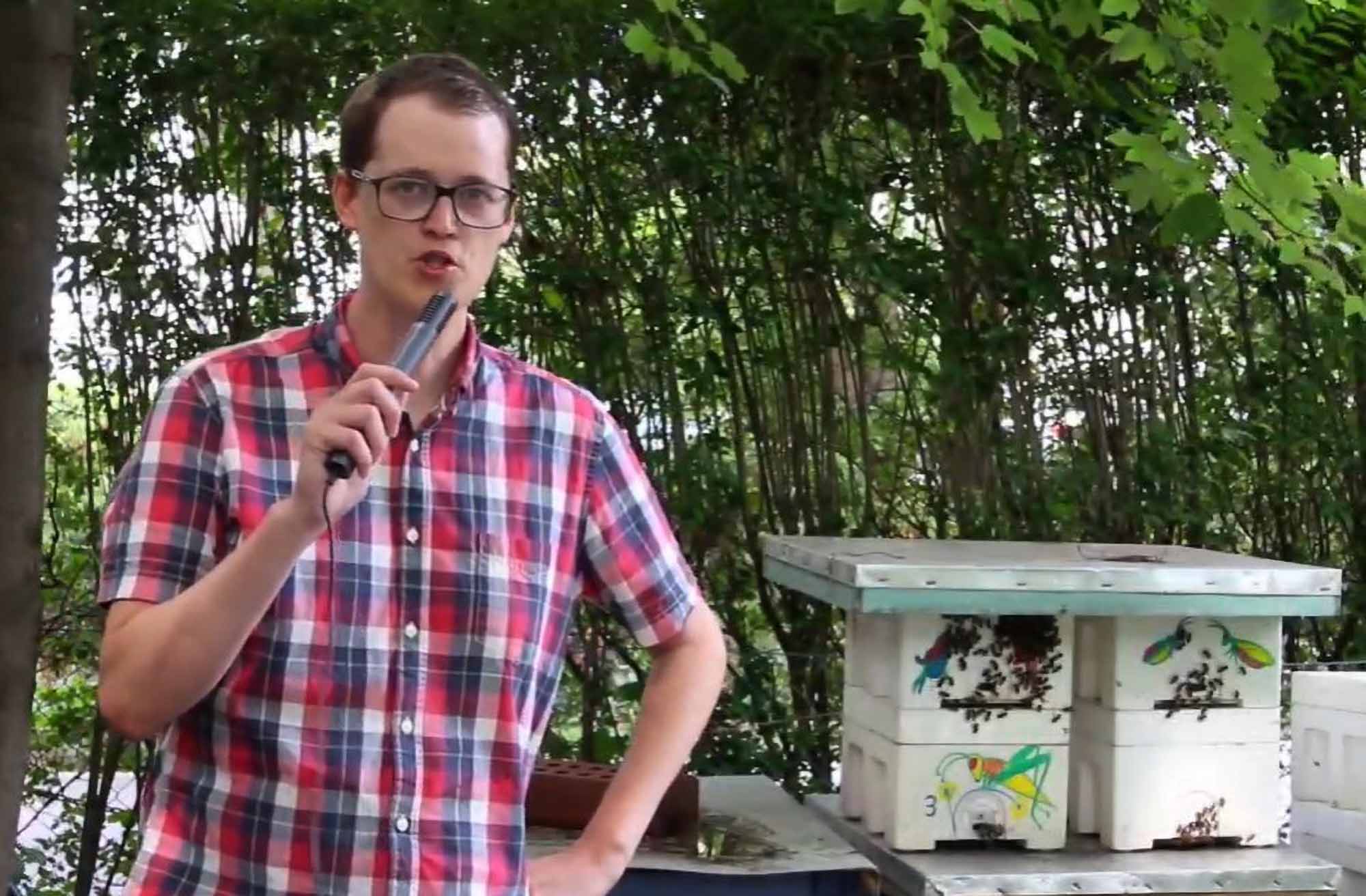

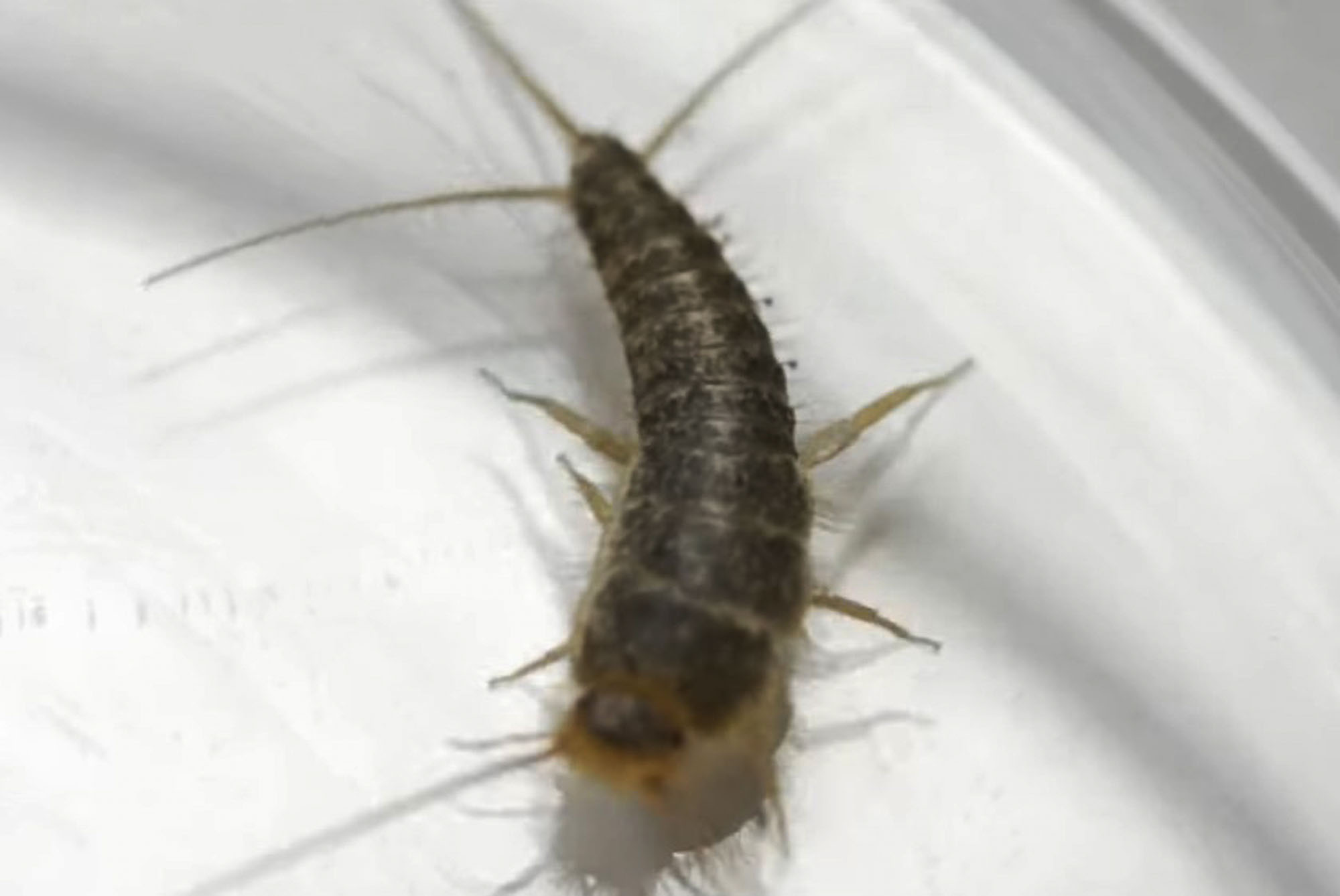
WHY would you not post a link to the petition in this article?????
Hello, thx for noticing that! Article updated with the link and here it is too
https://www.change.org/p/stop-the-nsw-government-from-killing-bees-and-destroying-beekeepers-livelihoods